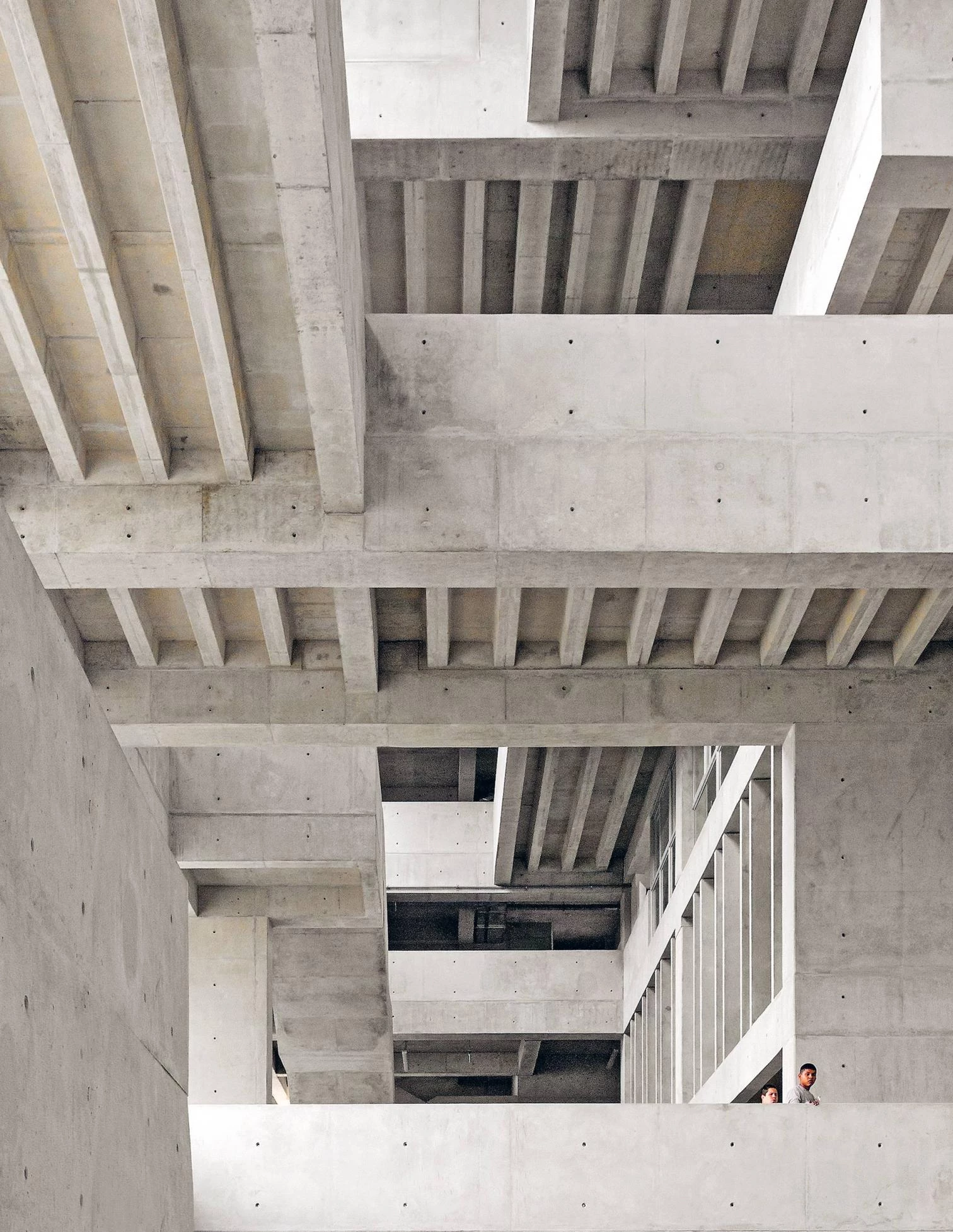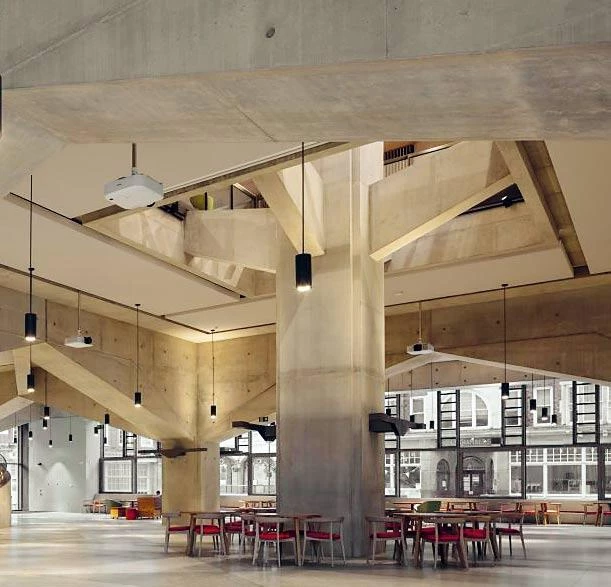
Yvonne Farrell (Tullamore, 1951) and Shelley McNamara (Lisdoonvarna, 1952) both graduated in 1974 from University College Dublin, where they taught between 1976 and 2002, and in 1977 started their studio on a main street of the Irish capital that would lend the office its name, working as architects and teachers for 25 years. Cofounders of the activist Group ’91, which in the 1990s renovated the Temple Bar neighborhood, Farrell and McNamara entered the 21st century with two key public buildings in Dublin – the Urban Institute and the Department of Finance – and a unique private project in Milan, the Università Luigi Bocconi, whose completion in 2009 made them an international referent. Back in 2006 I had mentioned Kenneth Frampton’s admiration for their work, and referred to their ‘sensibility in penumbra,’ but the violent beauty of the Milan work, a mix of urban intelligence and structural audacity – and which we rushed to visit and publish in Arquitectura Viva – turned penumbra into brightness, placing them in the spotlight.
A year after completing the extraordinary Bocconi, AV Proyectos covered their proposal for the Glasgow School of Art, across from the mythical Mackintosh building – a scheme of rigorous geometry that combined constructive rationality with the spatial complexity of its section, but which did not succeed –, and in 2011 they were commissioned to design the UTEC campus in Lima, a university building that followed those of Limerick and Toulouse, and whose culmination we celebrated with an essay where Stanislaus von Moos praised the daring of the colossal megastructure facing the Pacific, relating it to the Smithsons’ ‘streets in the air.’ The vertical campus of Lima, with evident links to the béton brut of Le Corbusier’s Unités and to the robust expression of Paulo Mendes da Rocha, was present in their lecture of 2014 at the third Pamplona Congress, and in the interview conducted there by Antonio Lucas, where the pragmatic beauty of their work was associated with civic responsibility, and which we ended up publishing under the title ‘A Kind Brutalism.’
The muscular work of Farrell and McNamara, capable of merging the structural strength of Vilanova Artigas and Lina Bo Bardi with the brutalism of their formative years – and all this in an ethical context shown by their attention to the collective and urban realm –, would earn recognition in the following years with the project for the Marshall Building LSE in London in 2016, their role as directors of the Venice Biennale of 2018, or the RIBA Gold Medal and the Pritzker Prize in 2020 – greeted in Arquitectura Viva with an issue on their latest university buildings –, but which the pandemic prevented from celebrating with the usual ceremony. The control of the virus and the resumption of travel and meetings in 2022 brought the architects an unexpected reward, because the Pritzker of that year to Francis Kéré was presented precisely in the recently opened LSE building, and the Grafton partners were able to celebrate their award with the Burkinabè architect and the laureates of the previous year, Anne Lacaton and Jean-Philippe Vassal, in a happy combination of ethic and aesthetic excellence.







